Playing with your cat is not just a fun activity; it's an essential part of their well-being. Wand toys offer a fantastic way to engage your feline friend in interactive playtime that stimulates their hunting instincts and provides much-needed exercise. If you've ever wondered, "How do you play with a cat with a wand?" you're in for a treat. This article will guide you through the ins and outs of wand play, ensuring your kitty gets the most out of this enjoyable activity.
Key Takeaways:
- Learn the best techniques for interactive playtime with wand toys to stimulate your cat's natural instincts.
- Discover how to use wand toys to prevent behavioral issues and keep your indoor cats physically and mentally healthy.
- Understand the importance of varying your play sessions to maintain your cat's interest and provide a full-body workout.
Playing with your cat using a wand toy is an excellent way to mimic the thrill of the hunt, keeping your pet engaged and active. Let's dive into the world of wand play and explore how to make the most of this game for your furry companion.
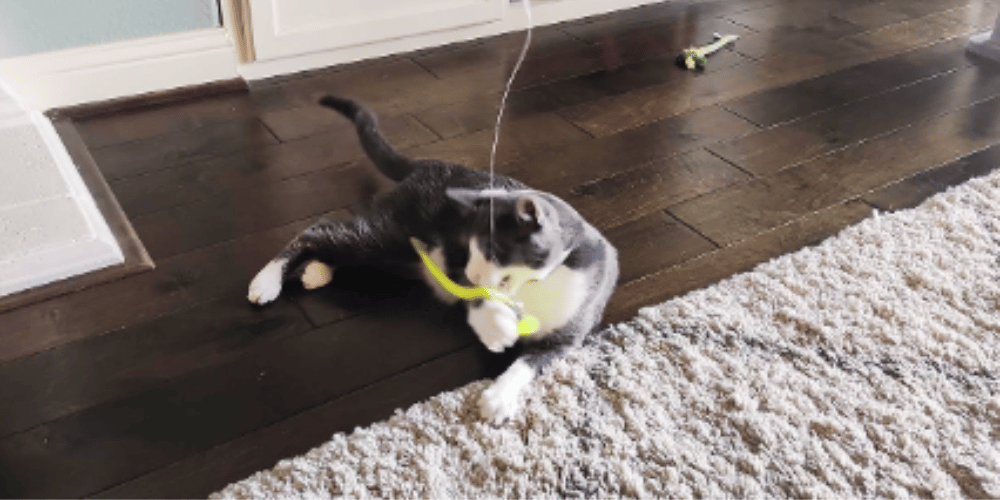
The Basics of Wand Play
Wand toys, often resembling a fishing rod with a lure at the end, are designed to captivate cats' attention and get them moving. To start, let your cat see and sniff the toy to pique their interest. Once you have their attention, the real fun begins. Move the wand so that the toy at the end skitters across the floor or flies through the air, imitating the movements of prey like birds or mice. Cats love the slight flutter and unpredictable motion, which triggers their instinct to chase and pounce.
Mimicking the Hunt
Cats are natural hunters, and wand toys are perfect for simulating the hunting experience. Make the toy behave like prey by letting it hide behind furniture or under a piece of cloth. Allow your cat to stalk and pounce on the toy, giving them the satisfaction of the 'kill.' When your cat catches the toy, let them bat it around with their paws or carry it in their mouth for a moment before you start the game again. This cycle of stalking, chasing, and catching is crucial for a fulfilling play session.
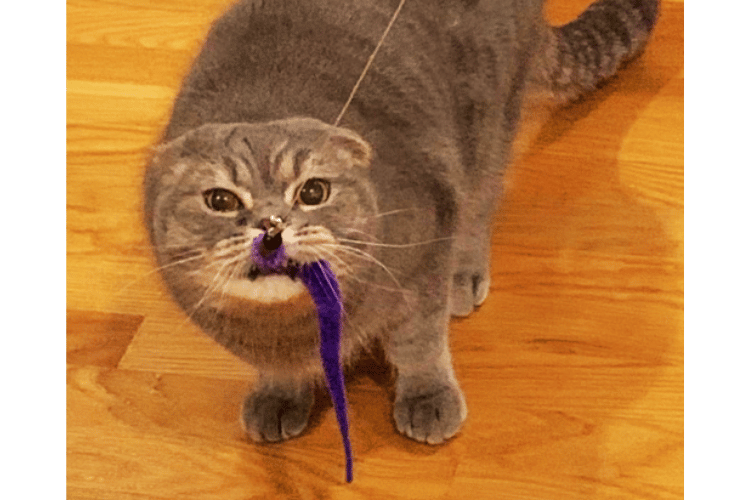
Creating a Playful Environment
To enhance the play experience, set up a space that encourages your cat to jump, climb, and explore. A cat tree near the play area can add an extra dimension to the game, allowing your cat to leap from different heights. Scatter a few cat toys around the house to create an environment that encourages your cat to move and explore. This setup not only makes playtime more exciting but also helps indoor cats expend energy and satisfy their curiosity.
Introducing New Toys to Your Cat's Arsenal
Cats are curious by nature, and introducing new toys can reinvigorate their interest in playtime. When you bring in a fresh cat toy, such as a laser pointer or a plush mouse, observe your cat's reaction. Some felines may be hesitant at first, but with a little encouragement, they'll likely engage. For example, a laser pointer can entice your cat to stalk and chase the elusive light, providing an excellent form of exercise and mental stimulation. Remember to let your cat catch the "prey" occasionally to avoid frustration, perhaps by leading the laser to a treat or a tangible toy.
In addition to traditional toys, consider items that appeal to your cat's other senses. A toy that makes a bird-like sound or a mouse that emits a scent can stimulate your cat's wild instincts. Watch as your cat's face lights up with excitement when they hear the chirp of a bird toy or get a whiff of catnip-infused mouse. These sensory experiences can make playtime more dynamic and satisfying for your pet. Always supervise your cat with new toys to ensure they are safe and appropriate for their style of play.
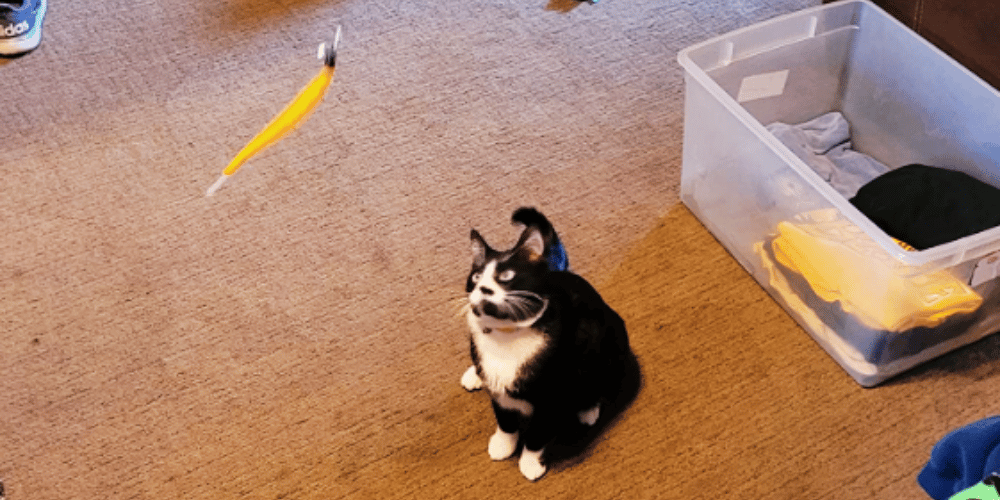
Engaging Your Cat in Physical Exercise
Physical exercise is crucial for a cat's health, and wand toys are a fantastic way to get your cat moving. Encourage your cat to leap, pounce, and fly through the air by manipulating the wand toy to mimic the erratic movements of prey. For instance, drag the toy across the ground to simulate a scurrying mouse or make it flutter like a bird taking flight. This type of play helps your cat hone their natural hunting skills and provides a full-body workout that can prevent obesity and boredom.
Another fun way to engage your cat physically is to teach them to fetch. While fetching is a behavior more commonly associated with dogs, many cats can learn to enjoy this game as well. Start by throwing a small, lightweight toy that your cat has shown interest in, such as a soft ball or a crumpled piece of paper. When your cat catches it, reward them with praise or treats. With patience and positive reinforcement, your cat may begin to bring the toy back to you for another throw, turning fetch into a bonding and physically enriching activity.
Understanding Your Cat's Play Preferences
Each cat is unique, and their play preferences can vary widely. Some cats may prefer a fast-moving toy that darts across the room, while others might be more interested in a toy that moves slowly but has an enticing flutter. Pay attention to how your cats respond to different movements and speeds. This understanding will help you tailor your play sessions to keep your cat engaged and excited about the game.
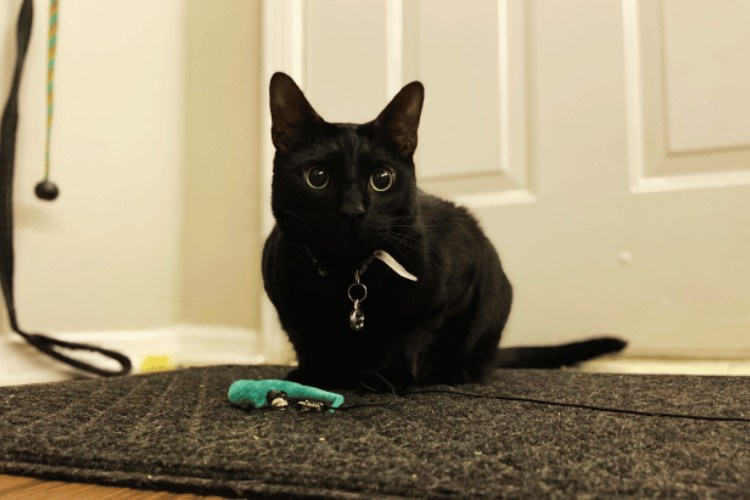
The Importance of Interactive Playtime
Interactive playtime with wand toys is not just about physical exercise; it's also about mental stimulation. Cats need to use their brains to predict and react to the toy's movements, which can help prevent boredom and behavioral issues. Engaging in regular play sessions can also strengthen the bond between you and your pet, as you learn to communicate and interact through the game.
Safety First
While wand toys are generally safe, it's essential to supervise your cat during playtime to prevent any accidents. Ensure that the toy is securely attached to the wand and check for any wear and tear that could lead to parts coming loose. Never leave the wand toy out when you're not around, as the strings or small parts could pose a choking hazard.
When to End a Play Session
Knowing when to end a play session is as important as starting one. Cats can become overstimulated or tired after quite some time of intense play. Watch for signs that your cat is losing interest or becoming fatigued, such as sitting down or walking away. Ending the session on a high note, perhaps with a treat or a final successful 'catch,' will leave your cat feeling satisfied and looking forward to the next game.
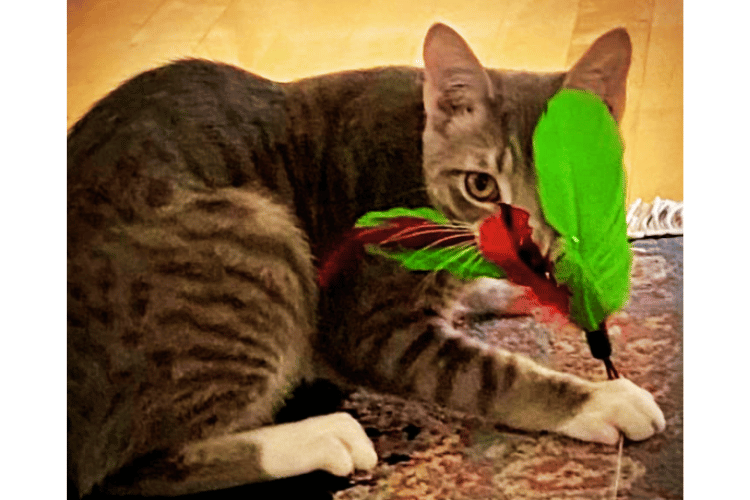
Summary
Playing with a cat using a wand toy is an engaging and beneficial activity that satisfies their hunting instincts and provides both mental and physical stimulation. By mimicking the movements of prey, creating a playful environment, and understanding your cat's preferences, you can ensure that playtime is always fun and rewarding. Remember to prioritize safety and know when to end the session to keep your cat eager for more interactive playtime.
FAQ Section
Q: How often should I play with my cat using a wand toy? A: Aim for at least two play sessions per day, each lasting around 10-15 minutes. This frequency can vary depending on your cat's age, health, and energy level.
Q: Can wand toys help with my cat's behavioral issues? A: Yes, regular play with wand toys can help alleviate common behavioral issues by providing an outlet for your cat's energy and reducing boredom.
Q: Are wand toys suitable for kittens as well as adult cats? A: Absolutely! Wand toys are great for cats of all ages. Kittens, in particular, can benefit from the coordination and skill-building that comes with interactive playtime. Just be sure to choose a toy that's appropriate for your kitten's size and strength.
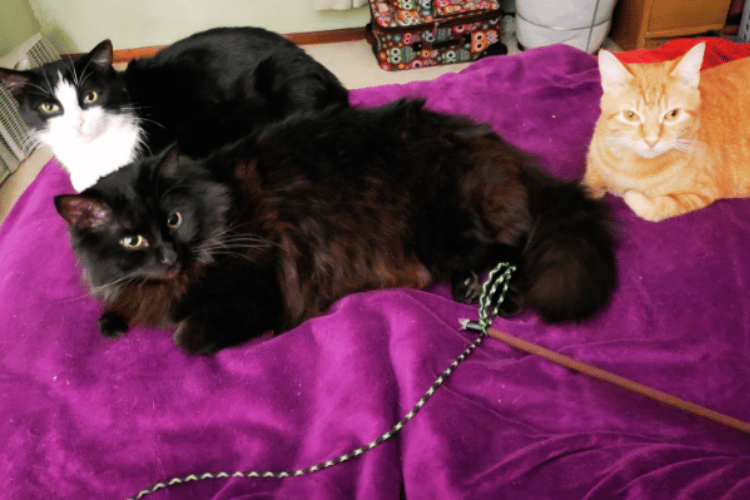
Thank you for visiting LegitLists we hope this helps you make a legitimate choice!






